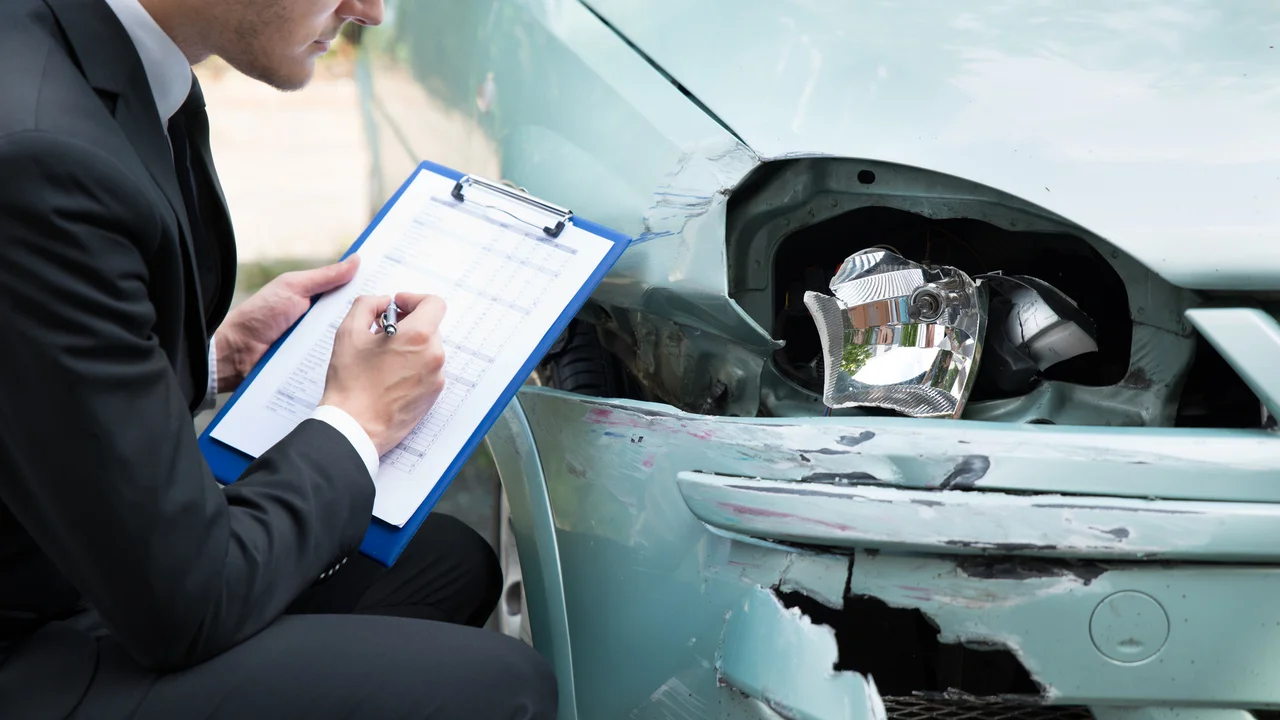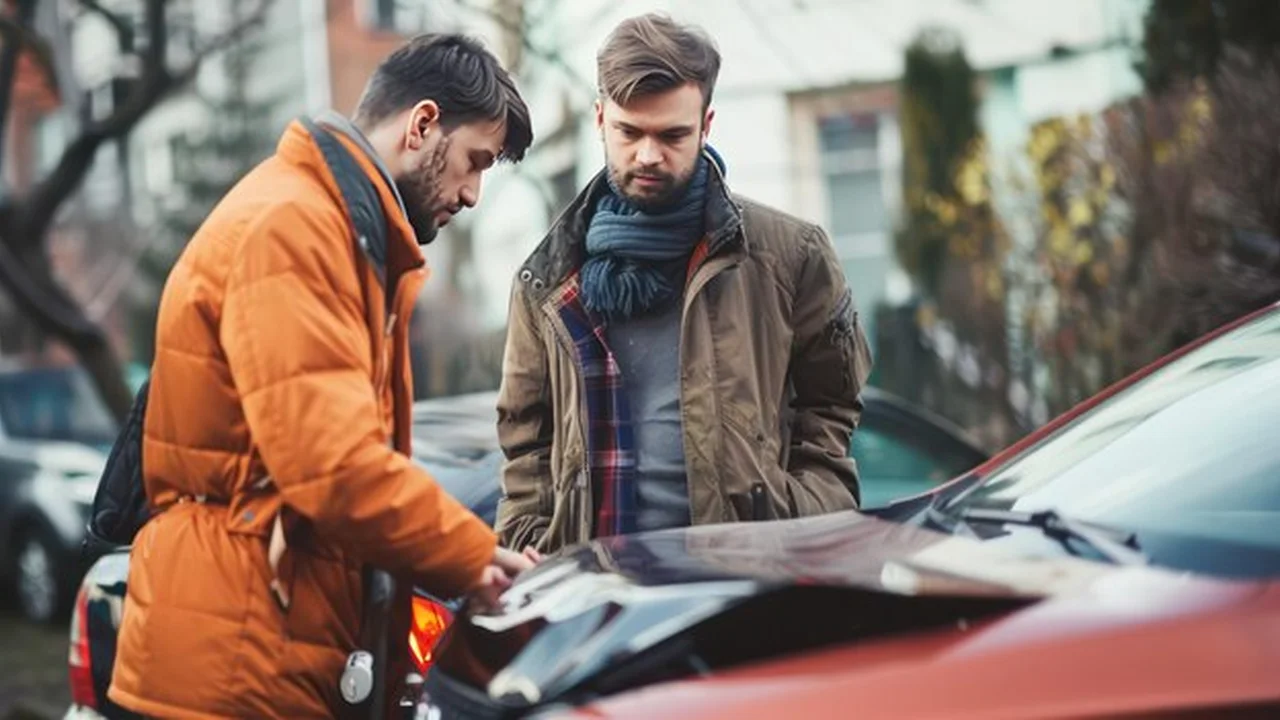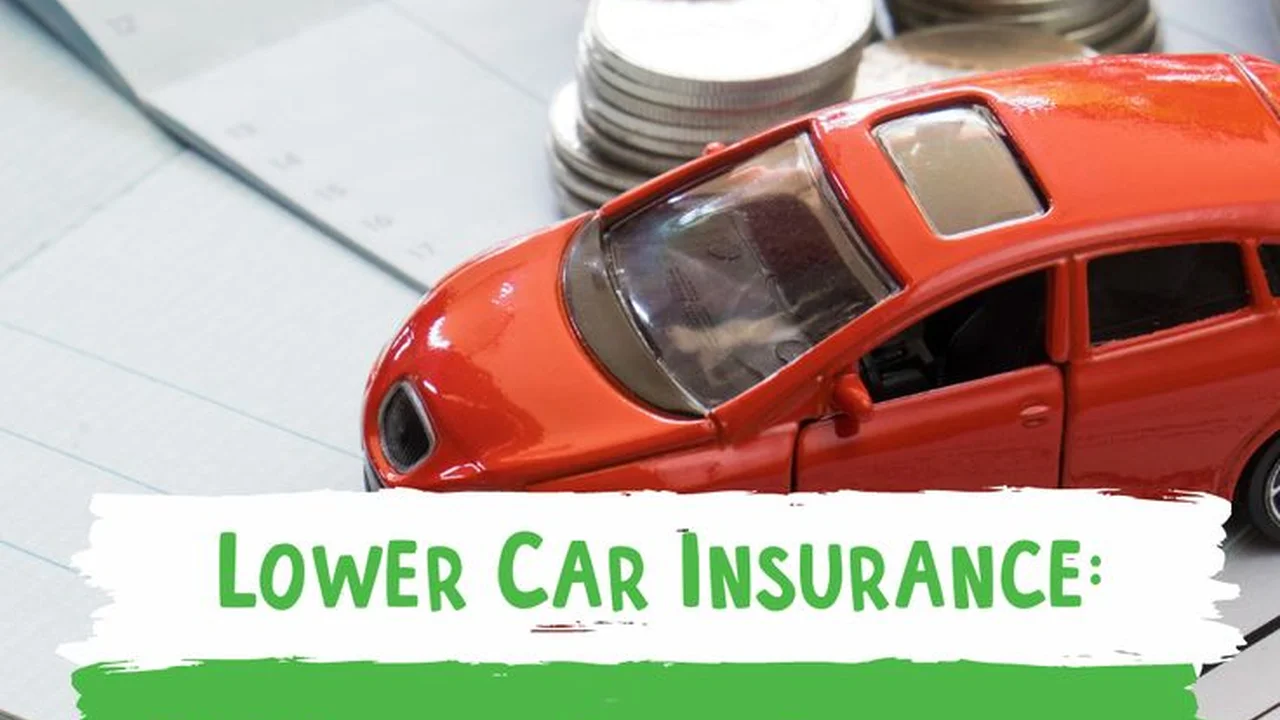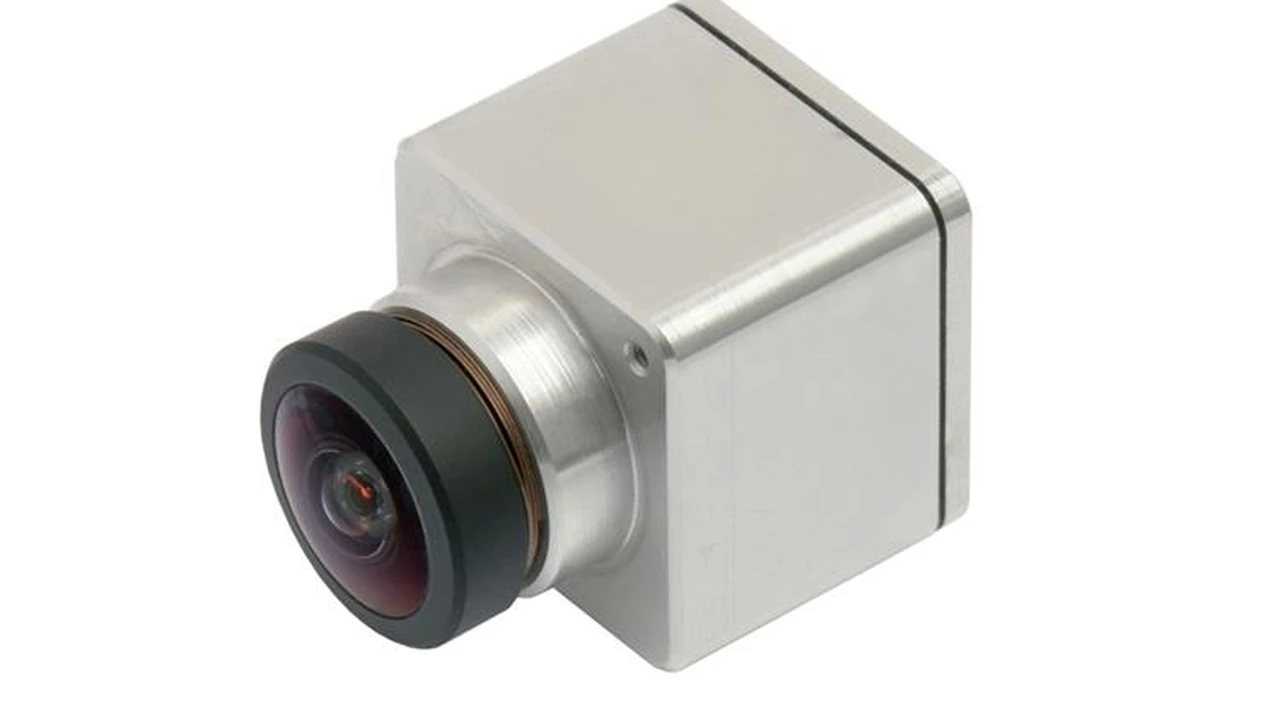Dealing with Insurance Adjusters: Tips for a Fair Settlement

Understanding the Role of Insurance Adjusters in Accident Claims
Okay, so you've been in an accident. Not fun, right? One of the first people you'll likely encounter is an insurance adjuster. These folks work for the insurance company, and their job is to investigate your claim and determine how much (or how little) the insurance company will pay. It's important to understand that while they might seem friendly and helpful, they're ultimately working to protect the insurance company's bottom line. Don't take everything they say at face value! They may try to minimize your claim or even deny it altogether. Knowing this going in is half the battle.
Protecting Your Rights After an Accident Initial Steps and Documentation
First things first: document everything! Right after the accident (if you're able), take pictures of the damage to your car, the other vehicle involved, and the scene of the accident. Get the other driver's information: name, address, phone number, insurance company, and policy number. Also, get the names and contact information of any witnesses. Report the accident to the police, and get a copy of the police report. As soon as you can, write down everything you remember about the accident. The more details you capture, the better. Keep all medical records, bills, and receipts related to your injuries. All of this will be crucial when dealing with the insurance adjuster. Don't forget to keep a detailed journal of your pain and suffering, missed work days, and any other ways the accident has impacted your life. This is all evidence that you will need later.
Navigating the Initial Contact With the Insurance Adjuster What to Say and What to Avoid
The insurance adjuster will likely contact you soon after the accident. Be polite, but be careful! You don't have to answer all their questions right away. It's okay to say you need time to gather your thoughts and consult with an attorney. Never admit fault, even if you think you might be partially responsible. Stick to the facts and avoid speculation. Don't give a recorded statement without first talking to a lawyer. They might try to trick you into saying something that could hurt your claim. Be wary of signing any documents without reading them carefully and understanding what you're agreeing to. And most importantly, do not sign a medical release form that would allow the insurance company access to your entire medical history. They only need information related to the accident injuries.
Building a Strong Case Presenting Evidence and Medical Documentation
The key to a fair settlement is to build a strong case. This means gathering all the necessary evidence to support your claim. This includes the police report, photos of the accident scene and vehicle damage, medical records, bills, and receipts. Get a written estimate for the repair costs of your vehicle from a reputable mechanic. If you've lost wages due to your injuries, get a letter from your employer verifying your salary and the amount of time you've missed work. Make sure your medical records clearly document the extent of your injuries and the treatment you've received. Consider getting a second opinion from another doctor to confirm the diagnosis and treatment plan. The more evidence you have, the stronger your position will be when negotiating with the insurance adjuster.
Negotiation Strategies for a Fair Settlement Understanding the Process and Your Options
Negotiating with an insurance adjuster can be challenging, but it's important to remember that you have the right to negotiate. Start by making a demand for the full amount of your damages. This should include medical expenses, lost wages, property damage, and pain and suffering. Be prepared to back up your demand with evidence. The insurance adjuster will likely offer a lower settlement than you're asking for. Don't be afraid to counteroffer. Know the value of your claim. Research similar cases in your area to get an idea of what your claim is worth. Be patient and persistent. It may take several rounds of negotiation to reach a fair settlement. If you're not happy with the insurance company's offer, you have the option of filing a lawsuit. Consider mediation or arbitration as alternative dispute resolution methods before going to court.
When to Consult With an Attorney The Benefits of Legal Representation in Accident Claims
Sometimes, dealing with an insurance adjuster can be overwhelming, especially if you're seriously injured. That's where an attorney can be a huge help. An attorney can handle all communications with the insurance company, gather evidence to support your claim, and negotiate on your behalf. They can also advise you on your legal rights and options. If the insurance company is denying your claim or offering a settlement that's too low, it's definitely time to talk to a lawyer. Most personal injury attorneys offer free consultations, so it doesn't hurt to explore your options. Look for an attorney who specializes in personal injury law and has a proven track record of success.
Recommended Products for Post-Accident Recovery and Safety
Okay, let's talk about some products that can help you after an accident, both for recovery and for preventing future incidents. These are just suggestions, and you should always consult with a medical professional before using any products for injury recovery.
Dash Cams for Accident Documentation and Prevention Product Comparisons and Pricing
A dash cam is a fantastic investment! It records everything that happens while you're driving, which can be invaluable in proving fault in an accident. Think of it as an objective witness. There are tons of options out there, so let's look at a few:
- Vantrue N4 Pro 3 Channel Dash Cam: This is a high-end option with three cameras: front, rear, and interior. It records in 4K resolution and has night vision. Great for Uber/Lyft drivers or anyone who wants comprehensive coverage. Around $300.
- Garmin Dash Cam Mini 2: A super-compact and discreet option. It records in 1080p and has automatic incident detection. Easy to install and use. Around $130.
- Rexing V1P Pro Gen3 Dual Channel Dash Cam: A more affordable option with front and rear cameras. Records in 1080p and has a wide-angle lens. Good value for the price. Around $100.
Usage Scenarios: Daily driving, road trips, rideshare driving. Comparison: The Vantrue offers the best video quality and features but is the most expensive. The Garmin is the most discreet and easy to use. The Rexing is a good balance of features and price. Pricing: Ranges from $100 to $300+ depending on features and brand.
Seat Cushions and Back Supports for Injury Relief Product Features and Benefits
If you're experiencing back pain or discomfort after an accident, a good seat cushion and back support can make a huge difference. Here are some options:
- ComfiLife Gel Enhanced Seat Cushion: A popular choice with gel-infused memory foam for comfort and support. Helps relieve pressure on the tailbone and lower back. Around $35.
- LoveHome Memory Foam Lumbar Support Back Cushion: Provides excellent lumbar support to help maintain proper posture while driving. Adjustable straps to fit most car seats. Around $30.
- Everlasting Comfort Car Lumbar Support Pillow: Made with premium memory foam that conforms to your back. Breathable mesh cover to prevent overheating. Around $35.
Usage Scenarios: Daily commuting, long road trips. Comparison: All three options offer good lumbar support, but the ComfiLife cushion also provides cushioning for the seat. The Everlasting Comfort pillow has a breathable mesh cover. Pricing: Around $30-$35.
First Aid Kits for Emergency Situations Contents and Considerations
Every car should have a well-stocked first aid kit. You never know when you might need it, even for minor injuries. Here's what to look for:
- First Aid Only All-Purpose First Aid Kit: A basic kit with essential supplies like bandages, antiseptic wipes, pain relievers, and gauze. Around $15.
- Johnson & Johnson All-Purpose Portable Compact First Aid Kit: A compact kit with a good assortment of supplies. Easy to store in your glove compartment. Around $20.
- Surviveware Small First Aid Kit: A more comprehensive kit with supplies for treating a wider range of injuries. Includes things like a CPR mask, emergency blanket, and splint. Around $40.
Usage Scenarios: Car accidents, minor injuries while traveling. Comparison: The First Aid Only kit is the most basic. The Johnson & Johnson kit is a good balance of size and contents. The Surviveware kit is the most comprehensive. Pricing: Ranges from $15 to $40+ depending on the contents.
Cell Phone Mounts for Hands-Free Navigation and Communication Product Types and Safety Benefits
Using your phone hands-free while driving is crucial for safety. A good cell phone mount can help. Avoid holding your phone at all costs!
- iOttie Easy One Touch 5 Dashboard & Windshield Car Mount: A popular mount that attaches to your dashboard or windshield. Easy to install and adjust. Around $25.
- Mpow CD Slot Car Phone Mount: A mount that inserts into your CD player slot. Secure and stable. Around $15.
- VICSEED Universal Car Phone Mount: A vent mount that attaches to your car's air vent. Easy to install and remove. Around $18.
Usage Scenarios: Navigation, hands-free calling. Comparison: The iOttie mount is the most versatile. The Mpow mount is very secure. The VICSEED mount is easy to install and remove. Pricing: Ranges from $15 to $25.
Staying Informed and Proactive Resources for Accident Victims
Being informed is key to navigating the aftermath of an accident. There are tons of resources available online and in your community. Check out your state's Department of Motor Vehicles website for information on accident reporting requirements and insurance laws. The Insurance Information Institute (III) is a great resource for understanding insurance policies and your rights. Consider joining a support group for accident victims. Talking to others who have gone through similar experiences can be incredibly helpful. And don't be afraid to ask for help from friends and family. They can provide emotional support and assistance with tasks like running errands or attending medical appointments.
:max_bytes(150000):strip_icc()/277019-baked-pork-chops-with-cream-of-mushroom-soup-DDMFS-beauty-4x3-BG-7505-5762b731cf30447d9cbbbbbf387beafa.jpg)






